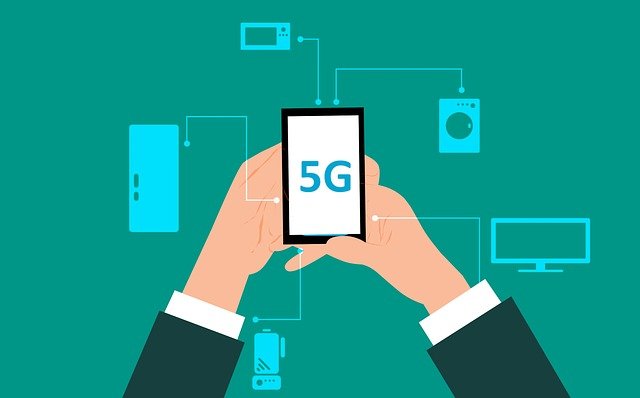
The fast 5G mobile communication technology can be exciting, but is it safe?
5G mobile technology promises a ten-fold increase in data transmission rates compared to current 4G networks.
This can be achieved by using a higher transmission frequency.
Because the physiological effects of electromagnetic radiation change with frequency, scientists and policymakers have started a major international review of relevant radiation safety guidelines.
But so far there is insufficient data for a meaningful health risk assessment.
Recently, researchers from Swinburne University of Technology have been modeling the absorption patterns of 5G electromagnetic energy in human tissue.
They found that the main biological effect of the electromagnetic radiation from mobile phones is temperature increase.
The researchers suggest that as the frequency goes up, the depth of penetration into biological tissues goes down.
Human eyes and skins will become the main organs of health concern. The brain is safer.
Some people may concern that long-term exposure to electromagnetic radiation may lead to certain types of cancer. But the evidence remains controversial.
The team suggests that it is important to balance the risk and reward because wireless technologies can bring enormous benefits to our society.
Their findings may form the basis for international discussions on safety regulation and design of 5G.
In the near future, the team will continue to model the bioeffects of 5G electromagnetic radiation.
The leader of the study is Professor Andrew Wood from Swinburne.
The team’s work is a key part of the International Commission on Non-Ionizing Radiation Protection (ICNIRP) review.
The review is expected released in 2019.
Copyright © 2019 Knowridge Science Report. All rights reserved.



